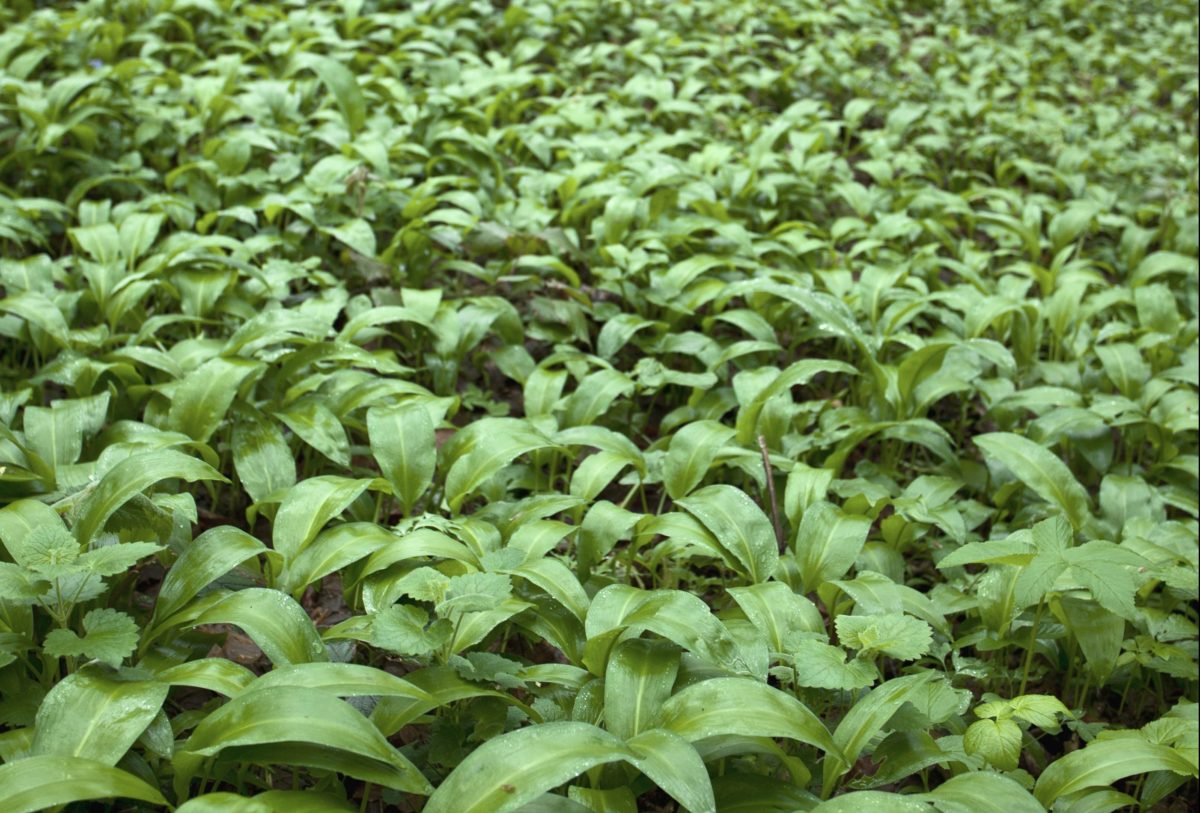As a native New Englander, and having lived all my life in this small corner of the world, I’ve experienced every variation of every season, from desert-like summertime heat waves to winter temperatures that rival those in Siberia.
It’s the drastic changes and unexpected variances in the weather that make us appreciate what we have when we have it. In the northeastern United States the brilliant colors of the fall make us smile, the first blanket of snow takes our breath away, and when the ice melts and everything turns green again, for a few short weeks we can forage for the food of the gods.
Ramps, asparagus, watercress, fiddleheads, dandelion greens. These are all signs of spring that are uniquely northeastern. Some of this amazing produce is grown year-round on other parts of the globe, but not all.
Consider ramps, wild leeks that can be found in the woods growing on sandy, moist hillsides. They are desired by chefs and foodies for their unique flavor, short season, and inability to be cultivated. Just after the snow melts, you’ll be sure to find ramps covering the menus of restaurants in the northern states.



Fiddleheads are also a special treat in the springtime. Chefs and foragers have their coveted spots where they can find these elusive edibles, and most would not reveal their locations under pain of death. My secret spot lies deep in the woods on the bend of a small river.
Fiddleheads have a unique way of protecting themselves, and unless you know what you are looking for they can be quite elusive. In the autumn, when the ostrich ferns die, the pinna (leaves) crumble and fall off, leaving the tall, slender rachis (stalks). In a patch of multiple ferns, it often happens that several rachis fall toward each other forming a teepee-like shape. As the trees above them — the same ones that provide the shade for these ferns to grow — lose their leaves, the leaves collect at the base of this structure. In the spring, the insulating leaves protect the delicate sprouts from not only a late frost, but hungry young animals. However if you know just where to look, they can’t hide from the discerning eye of a human forager.
Once I’m at my spot I take a moment to check my surroundings to make sure I’m alone. Then I carefully push away the dried leaves packed down from a long winter, to reveal the beautiful bright green shoot nestled safely at the base of its predecessor.

The only caveat to harvesting these beauties is restraint. Each plant will have between 3 and 7 sprouts in a bundle. If all the sprouts in the bunch are harvested, the plant will not recover, which means no fiddleheads next year. Once safely home, the baby ferns are washed, blanched and sautéed in butter. There is nothing quite like eating a fiddlehead less than an hour out of the ground!

Wild asparagus is not indigenous to this region, but that makes it no less sought after when the season comes around. Popping up in mid-spring, this versatile vegetable pairs perfectly with everything else that is quintessentially springtime in New England. There are over 300 species of asparagus in a variety of colors and flavors. Whether as a soup, a side, or a dish all in itself, this perennial green enhances the flavors of spring.
Between winter’s thaw and the dog days of summer, the northern New England spring is less than twelve weeks long. Menus see a return of spring lamb, blackfish, and shad roe, and everyone wants to know your secret spots for finding mushrooms and fiddleheads! ![]()
